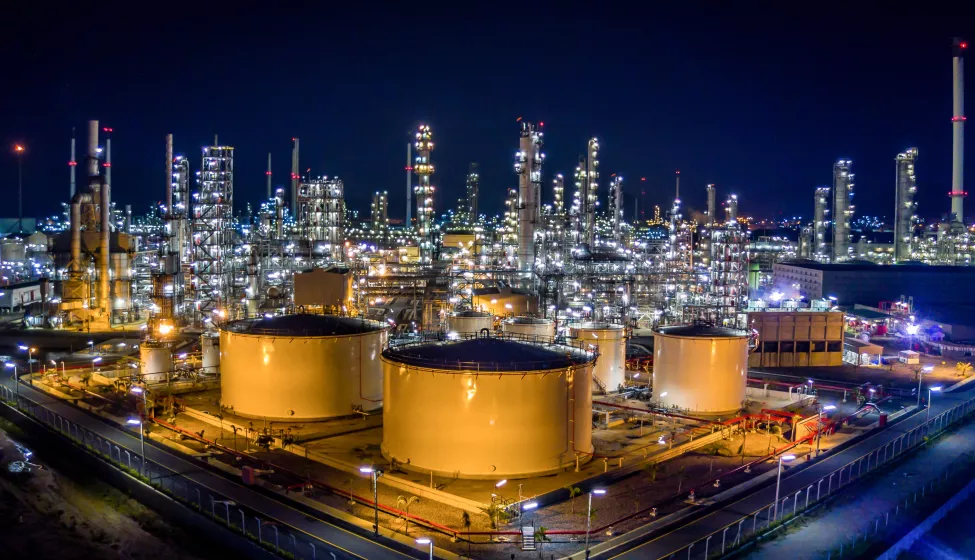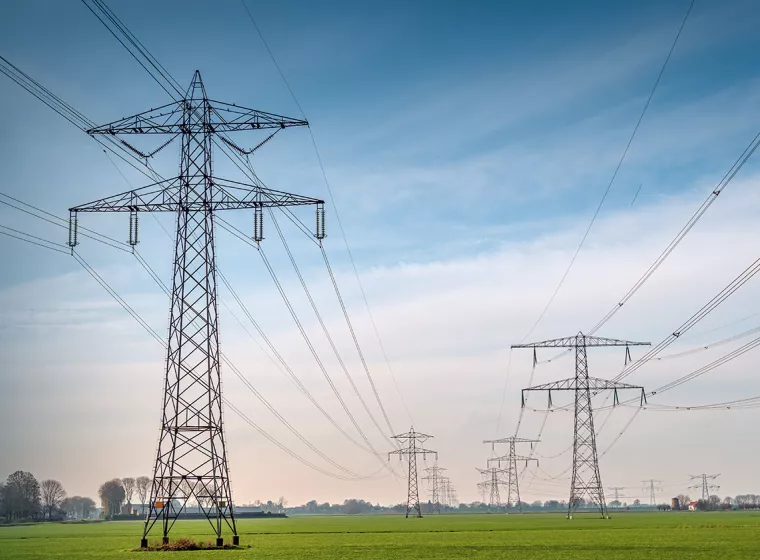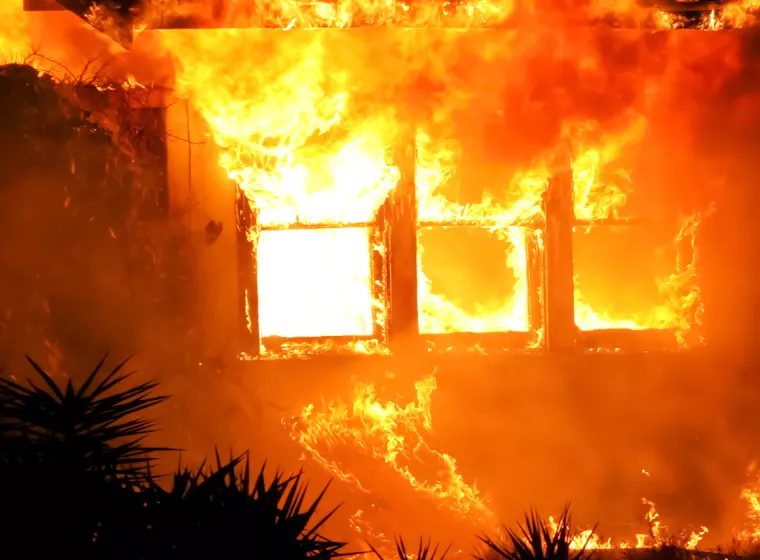August 18, 2023
The Pipeline and Hazardous Materials Safety Administration approves software upgrade with improved LNG incident modeling scenarios
After a 12-year interim, the Pipeline and Hazardous Materials Safety Administration (PHMSA) made a final decision to approve the use of Phast 8.4, a hazard analysis software tool, for calculating and siting a "dispersion exclusion zone" at liquefied natural gas (LNG) facilities. The updated software features improved technical accuracy for LNG spill and release modeling, which will help users better understand hazards when incidents occur.
PHMSA is a federal agency regulating the safe operation and transportation of hazardous materials, including liquid and gas pipeline facilities. To mitigate the risks of a potential spill or release, LNG facilities are federally required to model and map a hazard zone that allows post-incident vapors to disperse "to the predicted distance at which the average vapor concentration in air is 2.5% volume." For LNG siting applications, PHMSA will only accept hazard zone calculations based on models from an approved list.
"Prior to the approval of Phast 8.4, DNV customers were restricted to using version 6.7, which was the last version approved back in 2011," said DNV, an international accredited registrar and classification society that makes the Phast software. "This scenario meant that assessments were being based on models that were over a decade old. Despite numerous updates and enhancements to our modeling, U.S. customers were still obliged to use the outdated version."
PHMSA, along with the Department of Transportation, released a final environmental assessment of Phast 8.4 validating the software update through several test scenarios. Federal regulators found that Phast 8.4 produces a slightly larger exclusion zone in modeling scenarios with improved precision, which is necessary to understand the hazards of LNG, flammable refrigerants, and cryogenic fluids to on-site and off-site people and facilities.
"Greater technical accuracy, including use of updated data and consideration of additional factors, is the primary benefit of Phast 8.4," said PHMSA officials in the assessment. The agency also provides an overview and list of all approved vapor dispersion models and model evaluation protocol documents along with links to final decisions on LNG sites made by regulators.
What Can We Help You Solve?
Exponent's multidisciplinary teams bring an uncommon level of scientific and engineering rigor to help address the challenges of energy systems design, safety, and compliance. We have been successfully applying PHAST to support LNG facility and building siting studies for more than a decade. We can help navigate an array of issues across industries — from oil and gas, including LNG, to turbine systems and utility power generation.


![Liquefied Natural Gas (LNG) [TS]](/sites/default/files/styles/cards_home_card/public/media/images/GettyImages-854095408.jpg.webp?itok=hoWL7ZTm)
![Computational Modeling [TS]](/sites/default/files/styles/cards_home_card/public/media/images/GettyImages-182174791.jpg.webp?itok=kmskqW9J)




